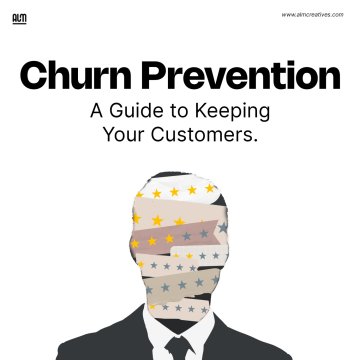Search
THE POWER OF A GOOD COMMUNICATION CAMPAIGN
Community Management
Strategy and strategic are two of the most overused words in business today. Everything from hiring to purchasing to logistics is “strategic,” and as a consequence, the term has lost some of its impact. In relation to business communications, however, strategy has a very specific meaning. A communications strategy is part of your overall campaign strategy and summarises all of the communications within your campaign. It should include some key elements :
1. TARGET AUDIENCE(S)
A strategic communication is directed at a specific audience or set of audiences, within which there is typically a primary audience, a secondary audience and so on. These audiences likely have different experiences with and expectations of you. They have different levels of knowledge on the subject at hand along with different priorities and concerns. Finally, they may have different degrees of trust in you and your organization.
2. CONTEXT
Having clarified the audiences for your communication, define the context in which this communication will occur. Recognize key events and relationships (past, present, and future) that are significant to each of the audiences you will address. This context defines your audiences’ world, recent experiences and reasonable expectations for the future.
3. OUTCOMES
Every business communication has a set of specific purposes to achieve, whether it’s information transfer, instruction, persuasion, or transformation (or some combination of these). One technique for defining outcomes is to consider “Head, Heart, and Hands”; that is, what do people need to know, believe, and do as a result of your communication? What is your call to action?
Once you’ve defined your purpose, construct messages that will resonate with your specific audience in the current context. One approach is to create a message pyramid, with a “headline message,” followed by several “reasons why,” supported by a series of proof points. This pyramid structure moves from the highest-level summary statement of your message to the most specific pieces of evidence that your audience will consider relevant to their situation, concerns and interests.
4. MEDIAS
The messages you communicate usually determine the most effective media to employ. Your choices range from intimate, personal contact to impersonal mass email, from team conference calls to all-hands town meetings. Audiences respond differently to these choices of media, especially considering the context of the communication and the outcomes you are trying to achieve. As before, you need to see the world through your audiences’ eyes, and envision the media which will communicate your messages most effectively to each audience segment.
5. MESSENGER
While you are the primary messenger for most of your business communications, you still must consider whether you will be the most effective messenger. The primary consideration in choosing a messenger is “Ethos,” the credibility of the messenger with the audience. Factors that affect Ethos include:
- Status and power. Many audiences have confidence in people with “big titles” (the CEO) or a clear position of influence in the organization.
- Expertise. Other audiences prefer a messenger with demonstrated knowledge and experience in the subject area.
- Relationship. A strong prior relationship with the audience can enhance a messenger’s credibility.
6. MEASUREMENT
While you are the primary messenger for most of your business communications, you still must consider whether you will be the most effective messenger. The primary consideration in choosing a messenger is “Ethos,” the credibility of the messenger with the audience. Factors that affect Ethos include:
- Status and power. Many audiences have confidence in people with “big titles” (the CEO) or a clear position of influence in the organization.
- Expertise. Other audiences prefer a messenger with demonstrated knowledge and experience in the subject area.
- Relationship. A strong prior relationship with the audience can enhance a messenger’s credibility.
For critical communications, you will also need to consider how you will measure your effectiveness: have you achieved the outcomes (knowledge, beliefs, action) that you defined as your strategic purpose? As Winston Churchill once remarked, “However beautiful the strategy, you should occasionally look at the results.”
How do you document the various elements of this communications strategy? One approach is to complete a planning template which captures and displays this information on a single page. Once you complete the template, you’ll have an opportunity to review and refine each component in your strategy before creating and delivering your communication.
Please note that your final strategy document is less important than the process you’ve gone through to create it. Dwight Eisenhower may have overstated the case when he stated, “Plans are nothing. Planning is everything,” but he did underscore the crucial role of thoughtful planning in creating an actionable strategy.
By utilizing these elements, you can create a successful communication strategy for your organization.




